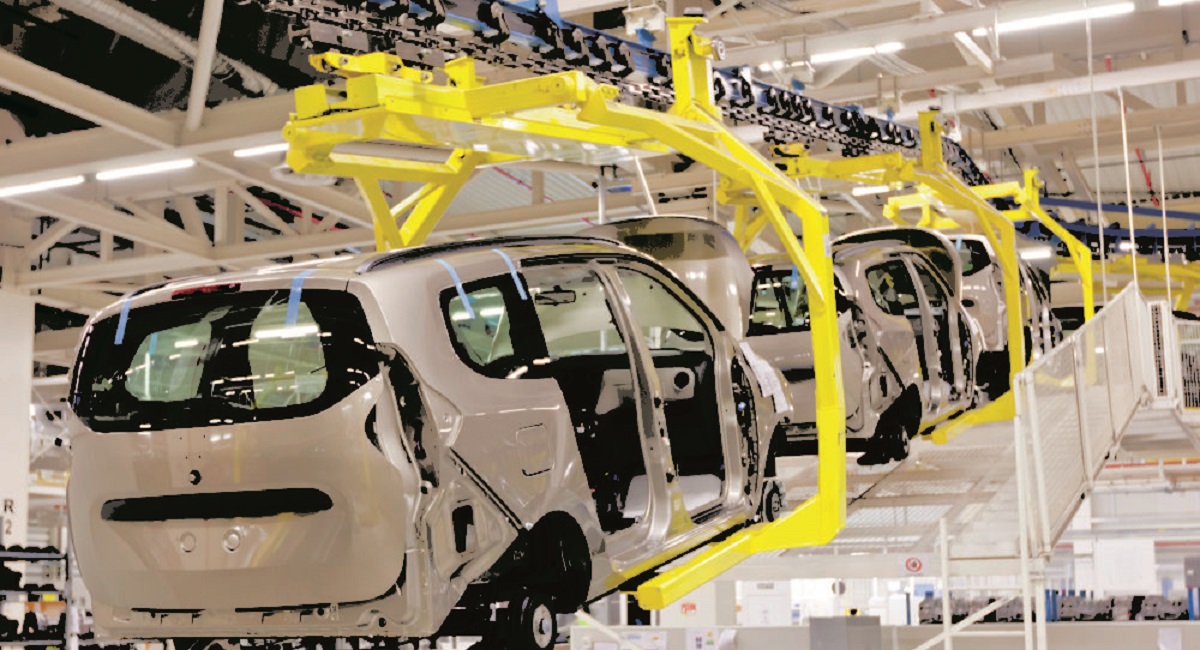
AHSS: steel for automotive application
May 04, 2017The automotive industry requires more and more performing materials in order to reduce emissions and costs, increase security and achieve significant performance. Reducing the mass of the car while maintaining the strength is definitely a strategy that allows to achieve the targets without neglecting the level of comfort suitable to customers’ needs.
For about 10-15 years, the automotive industry has increased the use of advanced high strength steels (AHSS) in combination with the already performing high strength steels (HSS) previously adopted, or in place of them. The resistance to impact, characterized by increased energy absorption, improves safety for car passengers. Bodywork, components and frame are lighter, thus contributing to reduced fuel consumption. The production and processing costs are favourable in relation to other materials, such as aluminium and carbon fibres reinforced polymers, already used to meet the safety and environmental sustainability criteria imposed by laws.
In the face of this growing use, while on the one hand the concerned research and development centres have continued to evolve technology to improve the features of high-strength steel, on the other hand steel producers have had to adapt themselves to support the needs of the market. In fact, an important synergy between the automotive industry, steel producers and R & D centres has been shaped.
This is how the third generation of advanced high-performance steels has come. Steel producers have commissioned new plants or upgraded existing plants to get a product in line with current automotive quality demands.
In recent years, PRISMA Impianti has been a supplier of two of the world’s leading high-strength steel producers: ArcelorMittal Liège in Belgium, SSAB Borlänge in Sweden. In both cases, projects have been developed and realized for the Continuous Annealing lines , whose task is to treat the steel strip to give it the features required by the market.
In Arcelor Mittal Liège, PRISMA has recently supplied the automation for thermal management of the Soaking / Slow Cooling section of the Continuous Annealing Line in Kessales (2016): the aim of the plant upgrade was to allow the treatment of the steel strip through the Q&P (Quenching and Partitioning) process. The project has also included the interface of the entire heating section to the new mathematical model, whose task is to manage and optimize the process parameters. To support the new line layout, the traction control system had to be integrated. Previously (2014) PRISMA had already modified and integrated significantly the traction control system as part of an integration of the new tension leveller, whose task is to correct and optimize the flatness of the treated steel strip. For this purpose, PRISMA has provided automation and electric switchboard and then participated in all stages of installation, start-up, tuning and optimization of the machine.
In SSAB Borlänge, PRISMA has been the Main Contractor in the modernization and improvement of Heating, Soaking and Reheating sections of the Continuous Annealing Line (2014). By working closely with the end customer at every stage of the project, PRISMA did a technological study on the use of the type of burner most suited to customer requirements to meet the following requirements: safety, reduced fuel consumption and emissions, productivity and quality, reduced maintenance and replacement of fundamental parts such as radiant tubes. PRISMA has designed the new air and gas distributions providing their safe management according to the rules. We developed the engineering necessary for electrical and mechanical construction, supplied materials and equipment, coordinated the local mechanical and electrical companies during the plant erection. PRISMA also provided the automation needed to manage the safety and the automatic cycles that drive the individual burners, by starting up and fine-tuning the whole system and verifying its performance in production for about two consecutive months.




Sorry, the comment form is closed at this time.